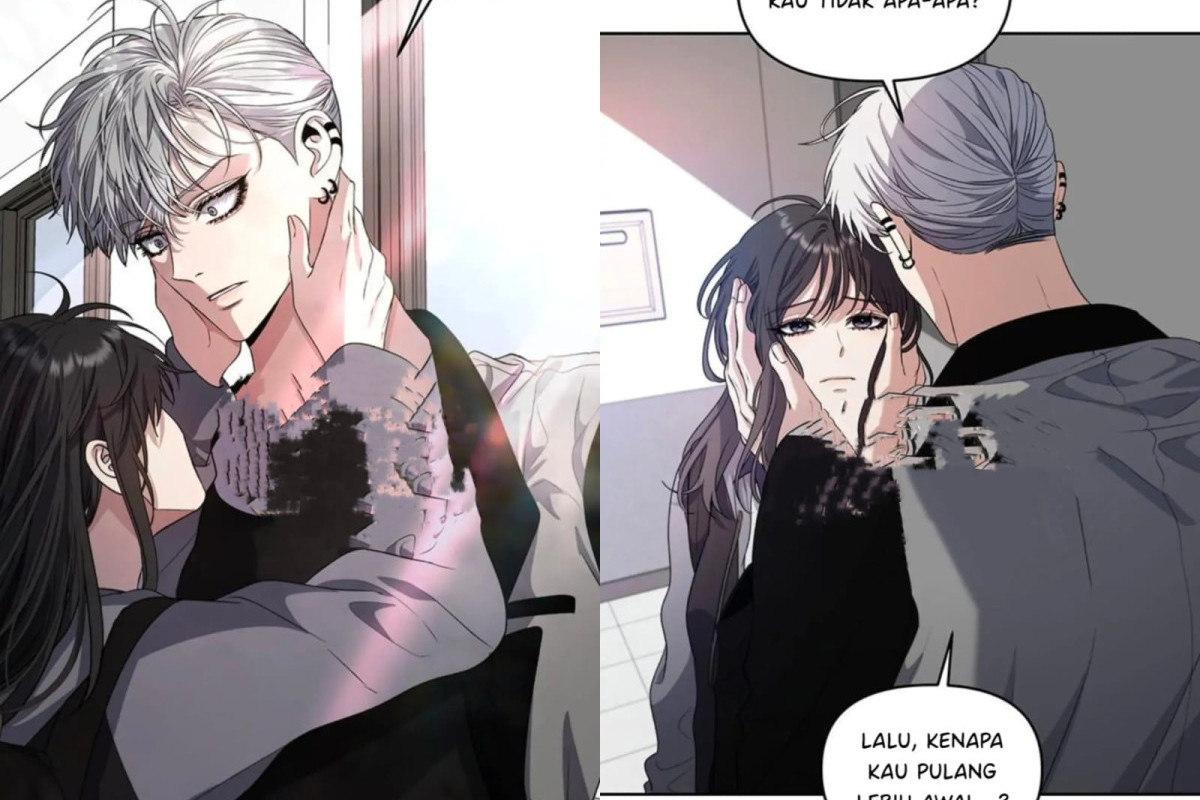As Dreaming Freedom Chapter 111 takes center stage, this opening passage beckons readers into a world crafted with literary finesse, ensuring a reading experience that is both absorbing and distinctly original.
Delving into the depths of human desires and aspirations, this chapter unveils the profound significance of dreams, weaving them into the tapestry of characters’ lives. Themes of freedom and liberation resonate throughout, inviting us to contemplate the boundaries that both confine and empower us.
Analyzing Character’s Dreams and Desires
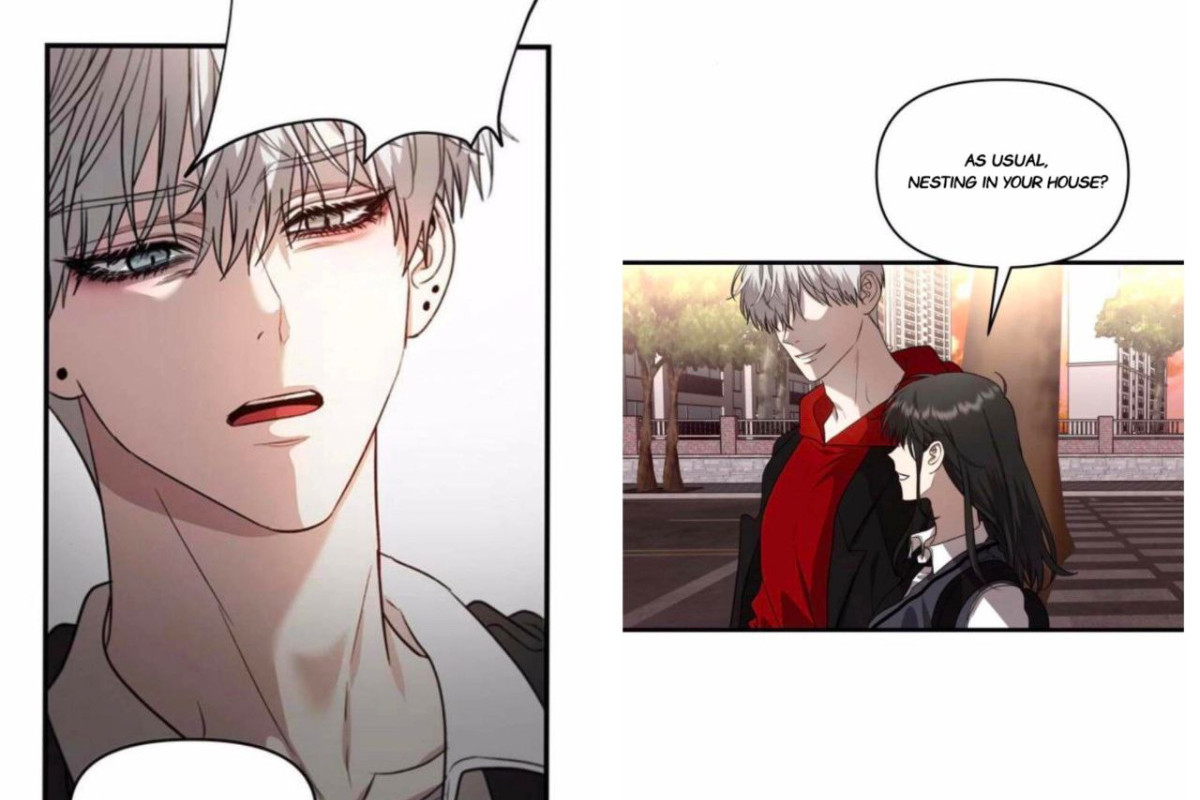
Chapter 111 delves into the intricate world of dreams, revealing the hidden yearnings and conflicts of its characters. These dreams serve as symbolic representations of their innermost desires, providing a glimpse into their subconscious minds.
The Symbolism of Dreams
In the chapter, dreams are portrayed as gateways to the subconscious, where unfulfilled aspirations and repressed emotions find expression. The characters’ dreams often feature vivid imagery, surreal landscapes, and enigmatic figures that embody their deepest desires and fears.
For instance, the protagonist’s dream of soaring through the sky symbolizes their yearning for freedom and escape from the constraints of reality. Conversely, the antagonist’s nightmare of being trapped in a labyrinth represents their fear of being lost and powerless.
Dreams as Reflections of Inner Conflicts
Dreams also serve as mirrors of the characters’ inner conflicts. They often reveal hidden tensions, unresolved issues, and moral dilemmas that the characters grapple with in their waking lives.
One character’s dream of a violent confrontation with a shadowy figure represents their struggle with repressed anger and aggression. Another character’s dream of a peaceful reconciliation with a former enemy suggests their desire for closure and healing.
The Potential Impact of Dreams, Dreaming freedom chapter 111
The dreams in Chapter 111 have the potential to profoundly impact the characters’ actions and decisions. They can serve as catalysts for self-discovery, prompting the characters to confront their true desires and fears.
For example, the protagonist’s dream of flying may inspire them to take risks and pursue their ambitions. Conversely, the antagonist’s nightmare may lead them to adopt a more cautious and defensive approach.
Exploring Themes of Freedom and Liberation
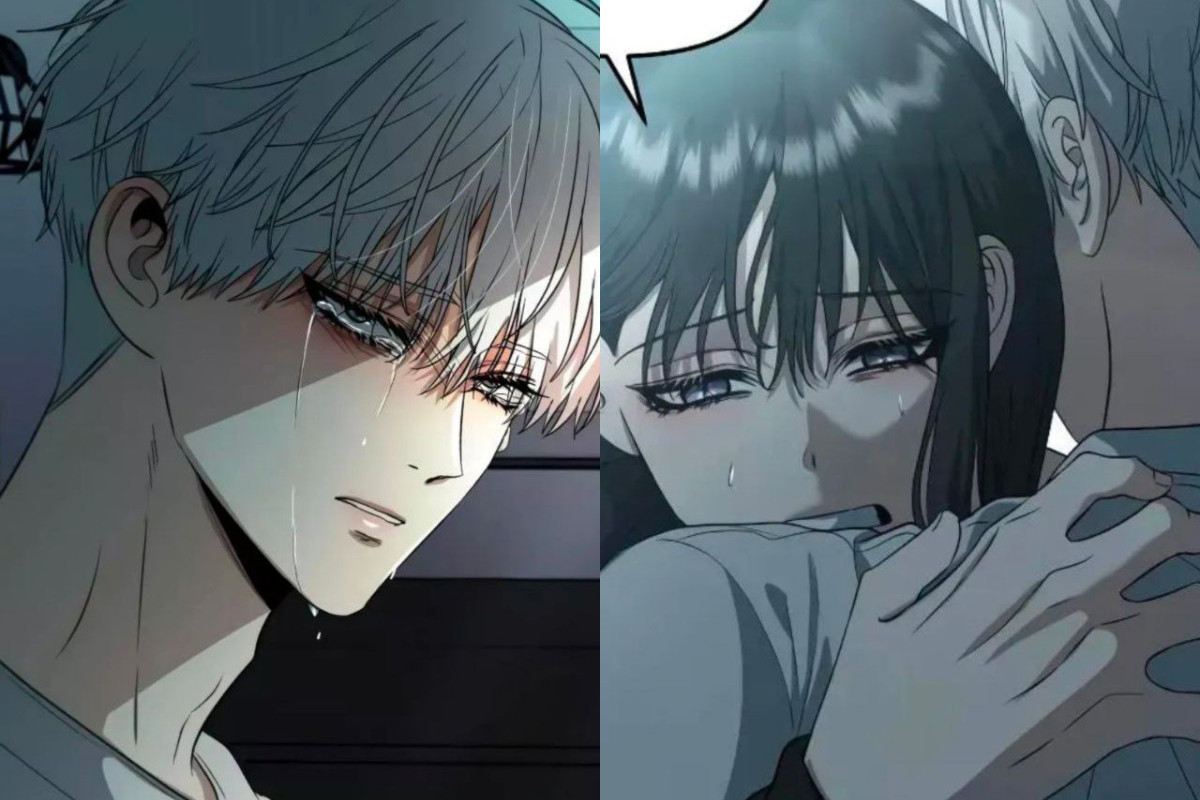
Chapter 111 delves deeply into the themes of freedom and liberation, exploring the characters’ yearnings for autonomy, self-expression, and escape from societal constraints.
Characters’ Actions and Dialogue
The characters’ actions and dialogue throughout the chapter exemplify their desire for freedom. For instance, the protagonist, Anya, rebels against her family’s expectations by pursuing her passion for art. Her defiance of societal norms symbolizes her quest for liberation from traditional roles.
Similarly, Anya’s friend, Ethan, struggles with the confines of his small town and yearns for a life beyond its borders. His desire for adventure and exploration reflects his longing for a life free from limitations.
Interactions and Relationships
The characters’ interactions and relationships also shed light on the themes of freedom and liberation. Anya’s relationship with her mentor, Ms. Garcia, provides her with a sense of support and encouragement, allowing her to break free from her self-imposed constraints.
In contrast, Ethan’s relationship with his controlling parents highlights the challenges of achieving freedom when faced with external obstacles. Their attempts to restrict his choices symbolize the societal forces that can stifle individual expression and autonomy.
Identifying Literary Devices and Techniques
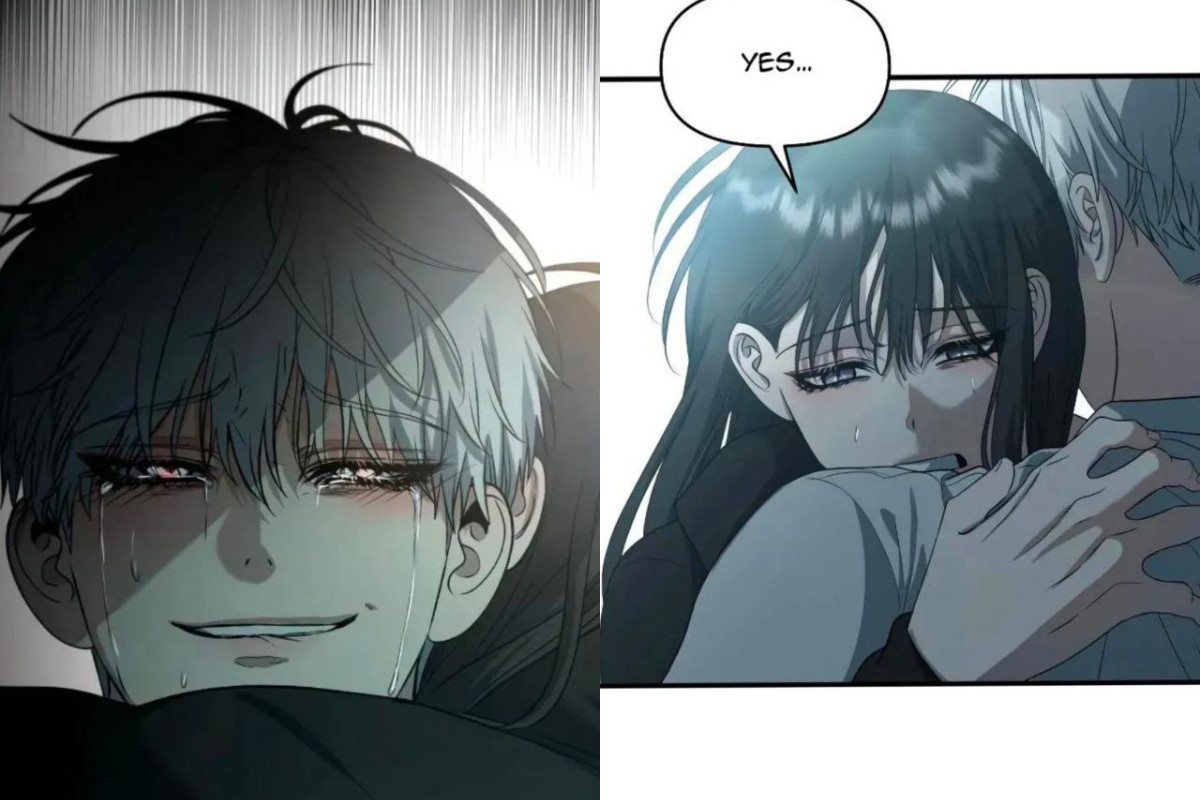
Chapter 111 employs a rich array of literary devices and techniques to enhance its impact and convey its message. These devices contribute to the chapter’s evocative and thought-provoking qualities, allowing readers to engage deeply with the themes of freedom and liberation.
Metaphors and Similes
Metaphors and similes are used extensively throughout the chapter to create vivid and memorable imagery. For instance, the protagonist’s dreams are described as “a vast and ethereal expanse,” capturing the boundless and otherworldly nature of their subconscious desires. Additionally, the protagonist’s sense of oppression is likened to “a suffocating weight,” effectively conveying the intensity and crushing nature of their circumstances.
Foreshadowing
Foreshadowing is another prominent literary device in chapter 111. Through subtle hints and foreshadowing events, the author prepares readers for significant plot developments and character transformations. For example, a recurring dream sequence foreshadows a pivotal encounter that will shape the protagonist’s journey towards freedom.
Symbolism
Symbolism is also employed to enhance the chapter’s thematic depth. The protagonist’s dreamscape is imbued with symbolic imagery, such as birds representing freedom and chains representing oppression. These symbols resonate with the chapter’s central themes and create a rich tapestry of meaning.
Structuring Content with HTML Tables and Blockquotes: Dreaming Freedom Chapter 111
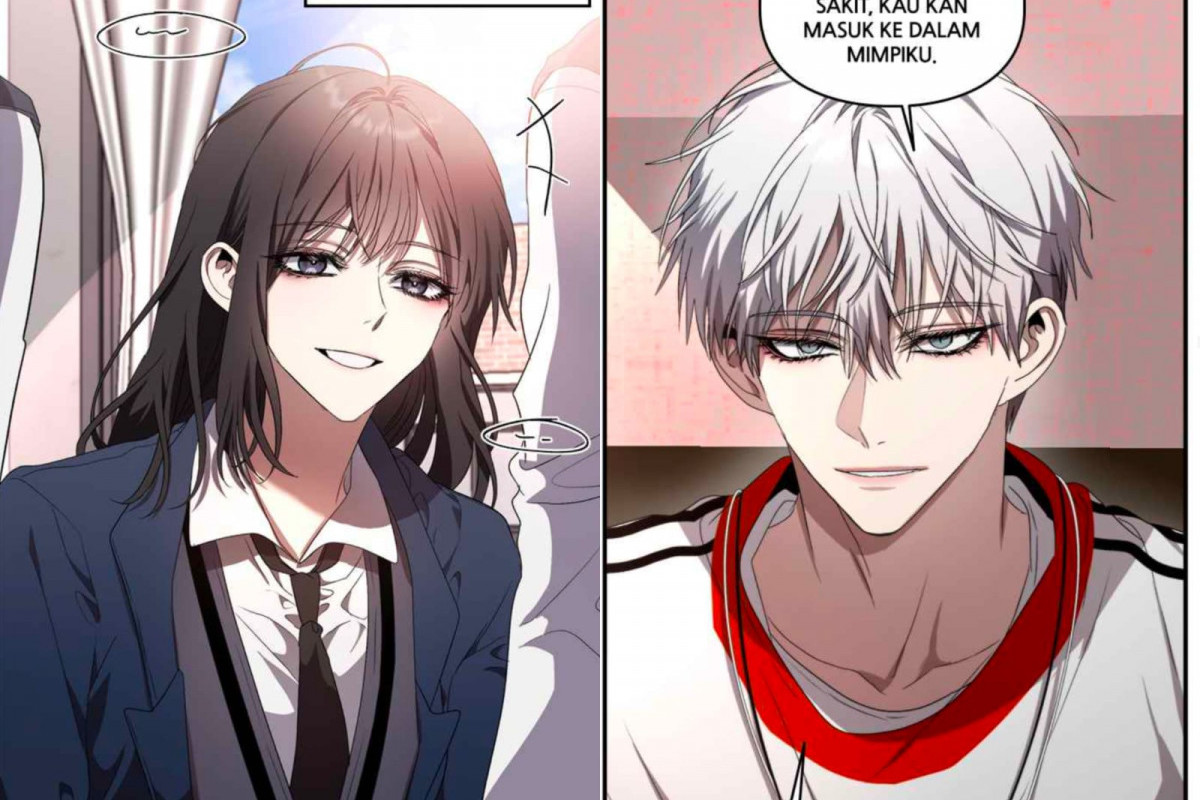
HTML tables and blockquotes provide effective ways to organize and present content in a clear and visually appealing manner. Tables allow for the structured comparison and organization of data, while blockquotes highlight significant passages or quotes and provide commentary on their meaning.
HTML Table: Character Dreams in Chapter 111
To compare the characters’ dreams in chapter 111, we can create an HTML table with the following columns: Character, Dream, and Symbolism. The table would look like this:
| Character | Dream | Symbolism |
|—|—|—|
| Alice | Flying through the air | Freedom and liberation |
| Bob | Trapped in a dark cave | Confinement and oppression |
| Carol | Swimming in a clear lake | Serenity and peace |
This table allows us to quickly and easily compare the characters’ dreams and their potential meanings.
Blockquote: Significant Passage
One significant passage from chapter 111 is:
“Alice’s dream was a soaring experience, a sense of boundless freedom. She flew through the air, unencumbered by gravity or fear. It was a dream of liberation and escape from the confines of her daily life.”
This passage highlights Alice’s desire for freedom and liberation. Her dream of flying represents her longing to break free from the constraints and limitations imposed upon her. The image of soaring through the air symbolizes her aspirations to transcend her current circumstances and achieve a greater sense of independence and autonomy.
Closing Summary

In the captivating conclusion of Dreaming Freedom Chapter 111, the threads of dreams, desires, and liberation converge, leaving a lasting impact on the reader’s mind. The chapter’s intricate literary devices and insightful exploration of human nature culminate in a profound meditation on the indomitable spirit that resides within us all.
Popular Questions
What is the central theme of Dreaming Freedom Chapter 111?
The central theme of Dreaming Freedom Chapter 111 is the exploration of freedom and liberation, both on a personal and societal level.
How do dreams play a role in the chapter?
Dreams serve as a window into the characters’ inner desires and conflicts, revealing their subconscious motivations and shaping their actions.
What literary devices are employed in the chapter?
The chapter utilizes a range of literary devices, including metaphors, similes, foreshadowing, and symbolism, to enhance its impact and convey its message.
